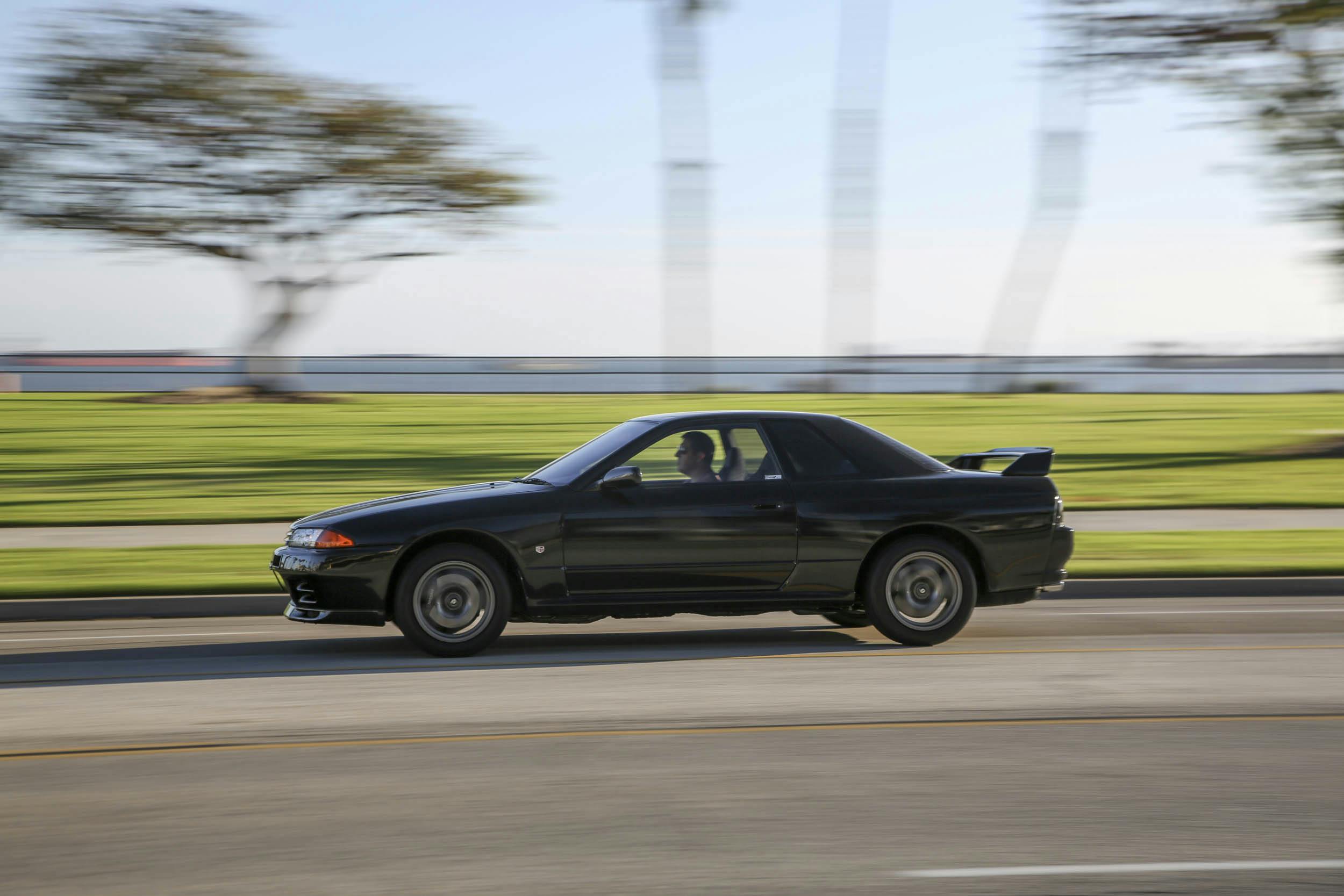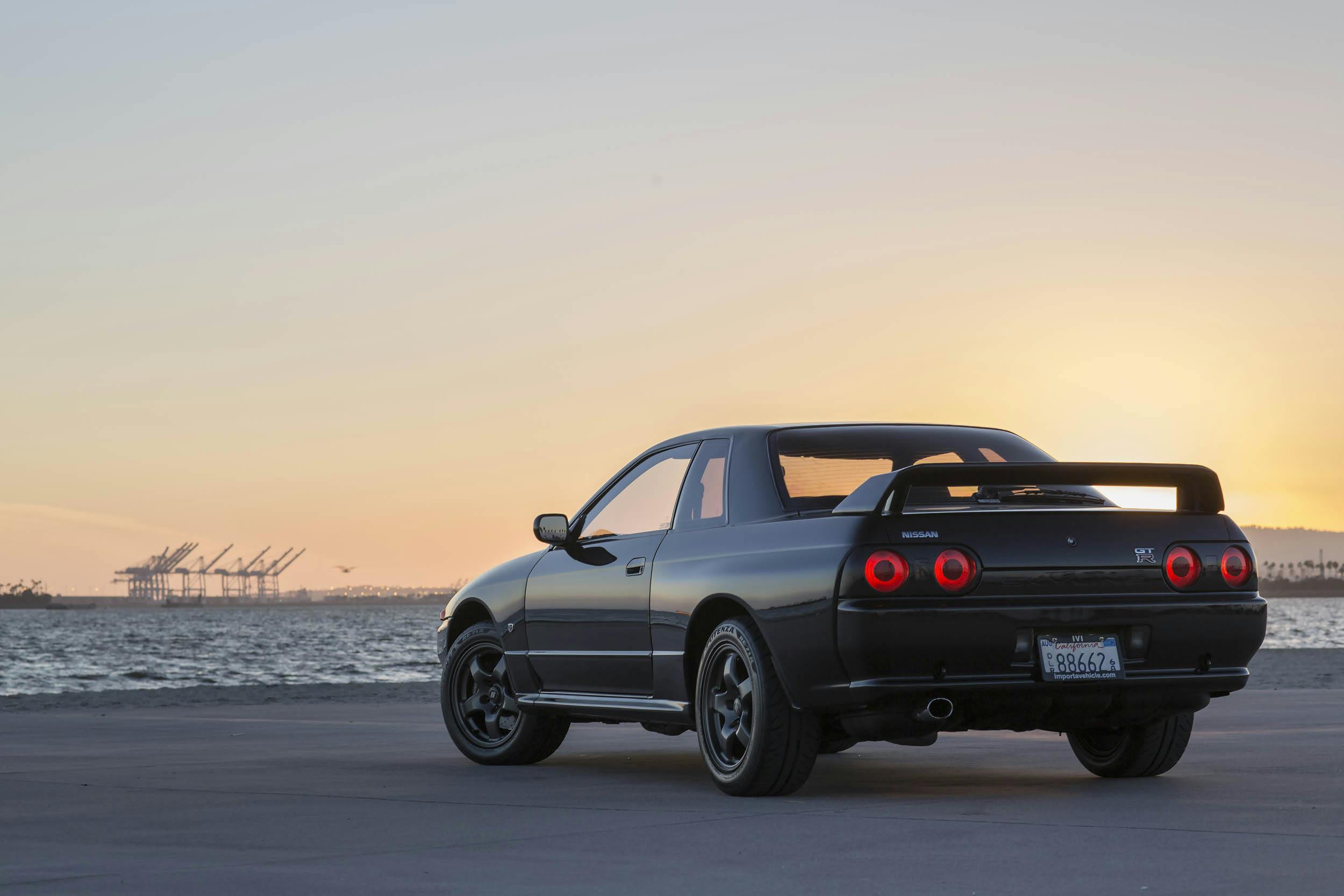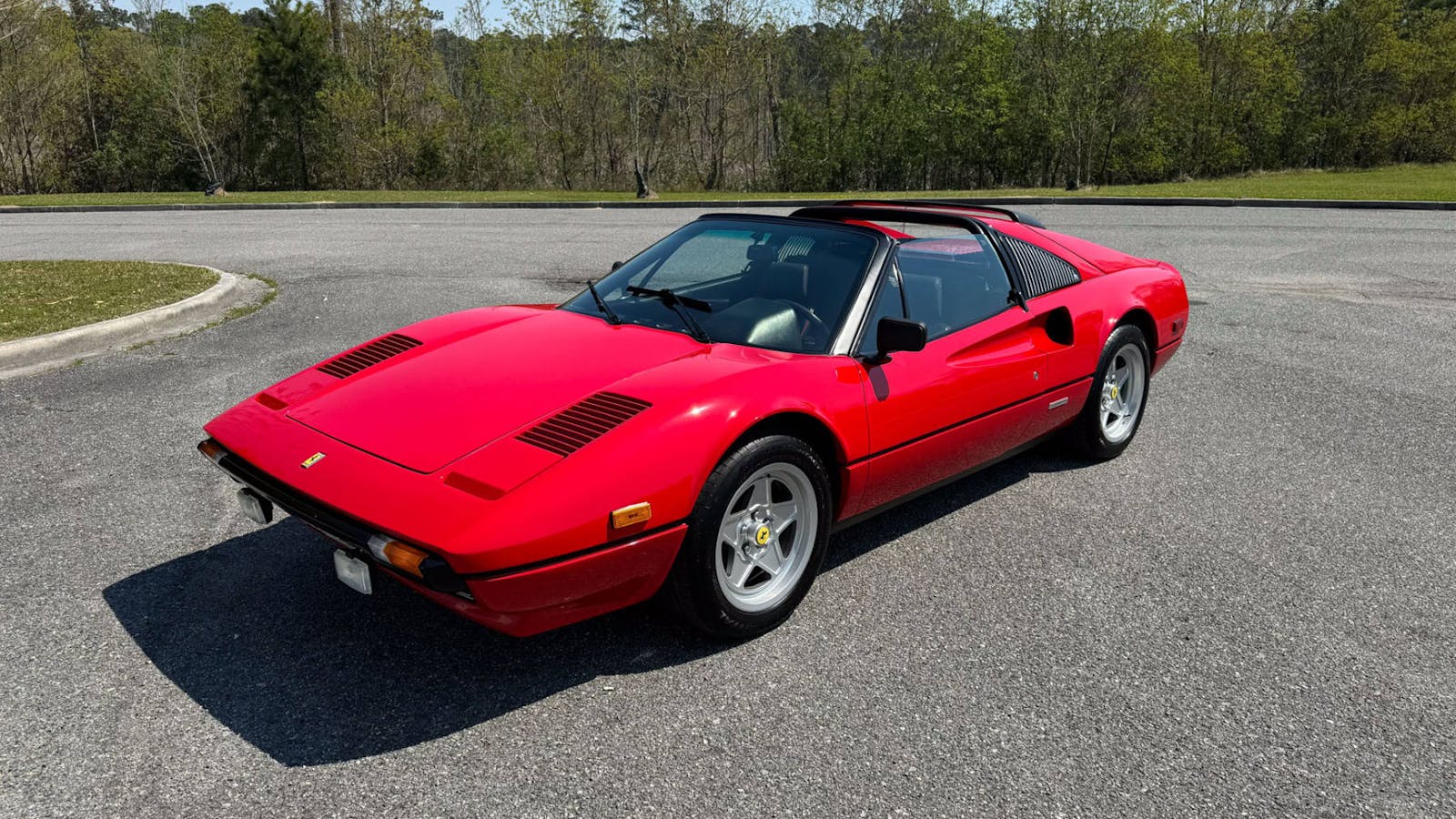JDM fans are closely watching R34 Skyline GT-R prices
When it comes to JDM royalty, the Skyline GT-R is without a doubt a top dog. It’s as much a cultural icon as it is a symbol of Japanese performance might. The mere mention of the Skyline provokes excitement among many enthusiasts, many of whom may have never encountered one in person. And although Nissan built Skyline GT-Rs in relatively large numbers, some of the rarer examples are generating serious attention and, in many cases, high sales results. As sought-after R34-generation cars begin to sell for major cash, particularly in the Japanese Domestic Market (JDM), let’s explore what makes Godzilla so special.
The GT-R badge was first affixed to the Skyline in 1969 for the C10 (Hakosuka) series. The Hakosuka GT-R came equipped with the legendary S20 six-cylinder engine, which is based on the Prince GR8 engine used in the R380 race car. Right out of the box, the GT-R was a winner, dominating touring car championships and winning 52 races in three years. For 1973, the C110 (Kenmeri) Skyline came on the scene, but the GT-R only continued for 197 units before the oil crisis in the early 1970s contributed to the temporary demise of the GT-R.
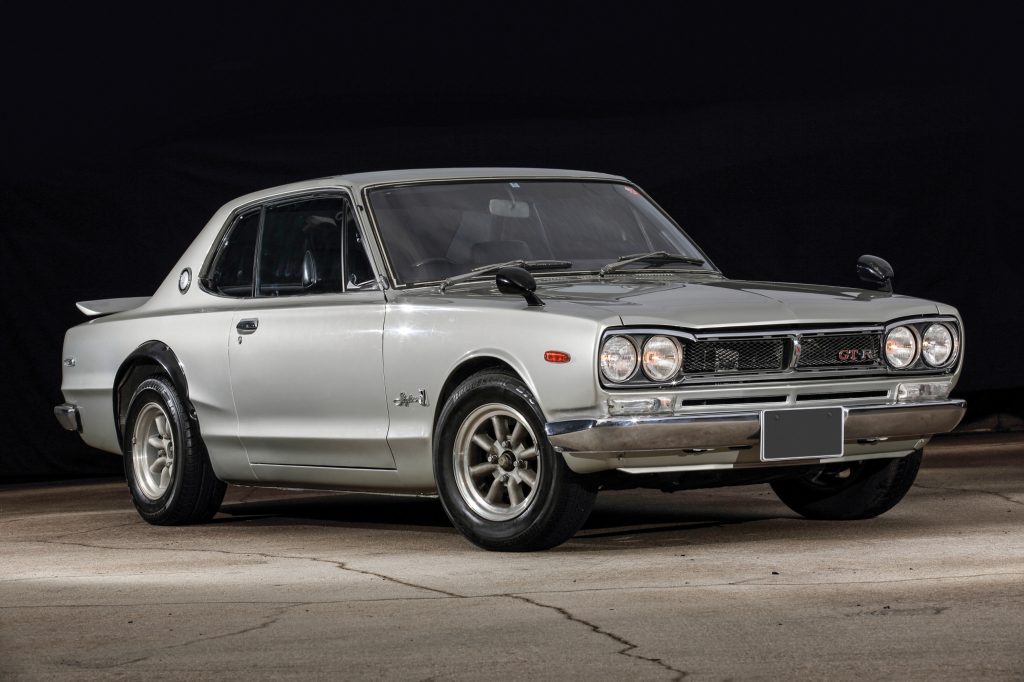
In 1989, the GT-R made its glorious return for the R32-generation Skyline. Like the original GT-Rs, the engine—Nissan’s RB26DETT—is a big part of what makes the GT-R so special. This 2.6-liter, twin-turbo inline six-cylinder was (officially) rated at 276 hp, per a gentleman’s agreement amongst the various Japanese auto manufacturers that they would not build cars with power above that figure. However, many GT-R owners dyno’d their cars with wheel horsepower exceeding the factory crank horsepower ratings. ATTESA ET-S all-wheel drive and four-wheel steering were also standard fare, which greatly enhanced traction and handling over the base Skyline.
The resulting R32 GT-R was a beast. When Nissan entered the new GT-R into the Japanese Touring Car Championship and won 29 races in a row, the legend of Godzilla was born. In addition to the standard GT-R, additional performance variants were available. The V-Spec and V-Spec II added features such as BBS Wheels, Brembo brakes, and a retune to the ATTESA system. NISMO also offered a version in 1990 with additions such as steel turbine turbos, a body kit, and an upgraded front bumper for better cooling. The real holy grail of the R32, though, is the N1. This was the hardcore homologation special, boasting a NISMO body kit and forgoing luxury items such as ABS, air conditioning, and a stereo. The major addition was the RB26DETT N1 engine. This was a race-ready RB26 developed by NISMO which included upgraded Garrett turbos and improved internal engine oiling and cooling. These are extremely rare versions to find and can easily command six figures.
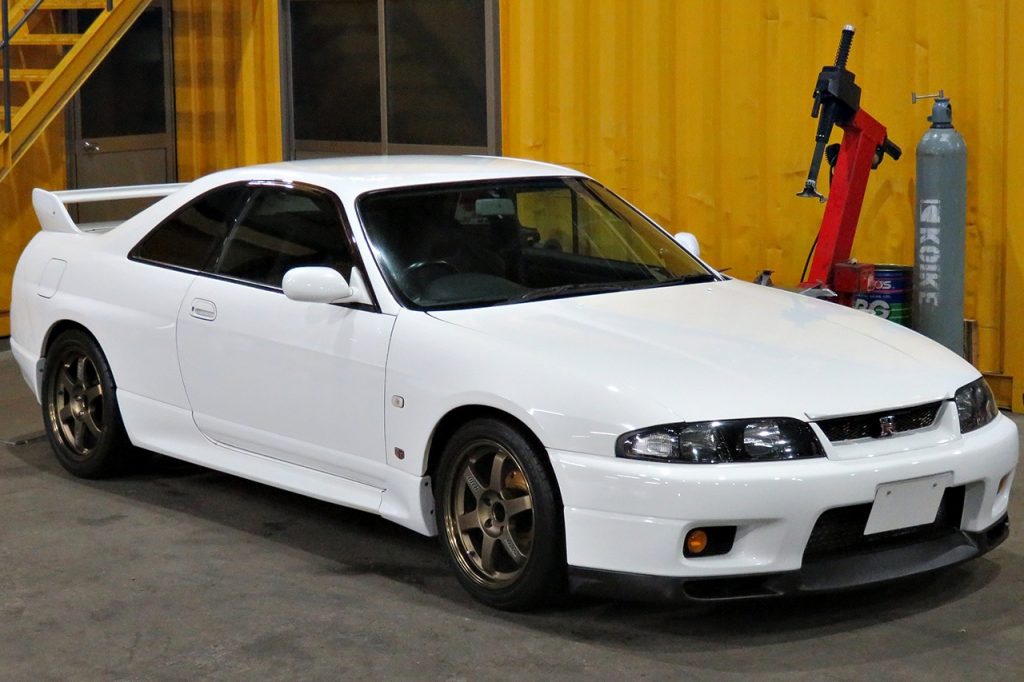
In 1995, the R33 GT-R was introduced. While these cars do have a dedicated following, they are often overlooked by the casual JDM enthusiast. Nissan improved the chassis and weight distribution and upgraded the all-wheel drive system to the ATTESA ET-S PRO. This included an active limited-slip differential for better power distribution. This system would be carried through to the R34 series. As with the R32, the R33 came with various performance upgrades, including the coveted GT-R LM Limited and V-Spec LM Limited to celebrate the GT-R’s participation in the 24 Hours of Le Mans. These cars were adorned with Championship Blue paint and included many of the body upgrades from the N1-spec cars. Finally, NISMO’s involvement was showcased in the form of the 400R, which received an abundance of performance goodies, most notably the RB-X GT2 engine that churned out a stunning 400 hp.
The holy grail of Skylines, however, is undoubtedly the R34. JDM enthusiasts from the U.S. largely regard the R34 as royalty amongst JDM sports cars. Yes, it is the forbidden fruit that only a handful of Americans have sampled outside of playing Gran Turismo on PlayStation in the early 2000s. (In addition, an R34 made a quick appearance in the film 2 Fast 2 Furious.) Each cameos introduced an entire generation of enthusiasts to the car, but with the exception of a handful imported by MotoRex, and only a very few eligible for a show-and-display exemption of the 25-year import rule, most of us will never see one roaming our own streets until at least 2024.
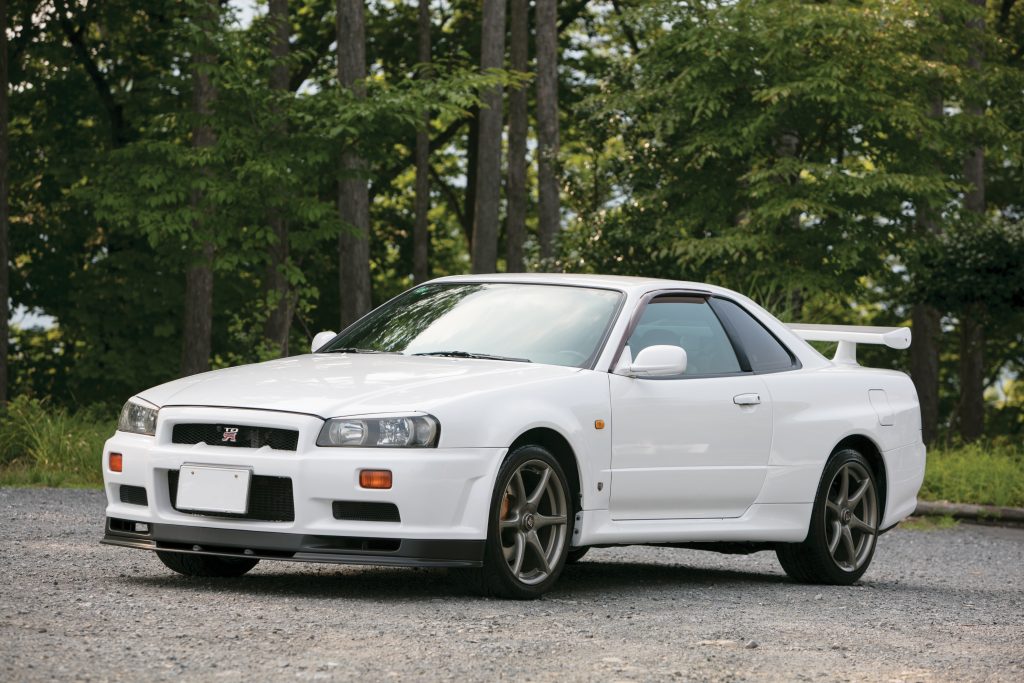
Nissan put the R34 through a substantial redesign from its predecessors, both inward and outward. The exterior has aged very well and even by today’s standards, items like the R34’s Multi Function Display unit—which could be tweaked to display g-force and download data logging—were nearly 10 years ahead of their time. Small enhancements everywhere in the car, from ball-bearing turbos to a shortened wheelbase, added up to a markedly better performing car all around from the R33. The R34 was also available in a plethora of performance packages—from the tried-and-true V-Spec to the long-winded, yet infinitely more awesome V-Spec II Nur, which included tons of extra goodies including the legendary N1 spec engine.
Like with the R33, NISMO got its hands on a handful of cars to produce the ultimate GT-R, the Z-Tune. Only 16 of these cars are reported to have been built and include a 2.8-liter RB-based engine making in excess of 500 horses. While Z-Tunes do not trade hands publicly, to JDM enthusiasts worldwide it’s the Gen-X and millennial version of a Hemi Cuda Convertible.
With four years to go until the R34 can be imported, the question on everyone’s mind is: Just how expensive will the R34 be? What they are selling for overseas offers a clue. A few high-profile sales have occurred over the past couple of years, and the site GT-R Registry regularly posts on its social media pages when rare spec cars come up for sale.
GT-R Registry recently alerted its followers to a used car sale which featured a 17,000-km V-Spec II Nur which sold for 19,805,000 yen ($184,300).
Despite the low kilometers, this example did have minor upgrades such as aftermarket wheels and stereo; an even more original car could have brought a higher value. The current record, for context, stands at $316,500 for a 10-km V-Spec II Nur.
If the current state of R32 Skylines in the U.S. is any indication, it’s possible that when the R34 becomes legal to import, the price paid here will climb; the American market appears to be a strong driver of values on highly desirable JDM cars. We still have nearly four years to wait, though, and as more R33 Skylines enter the U.S., we will have a much clearer view of what this means for the R34 market in the future.

